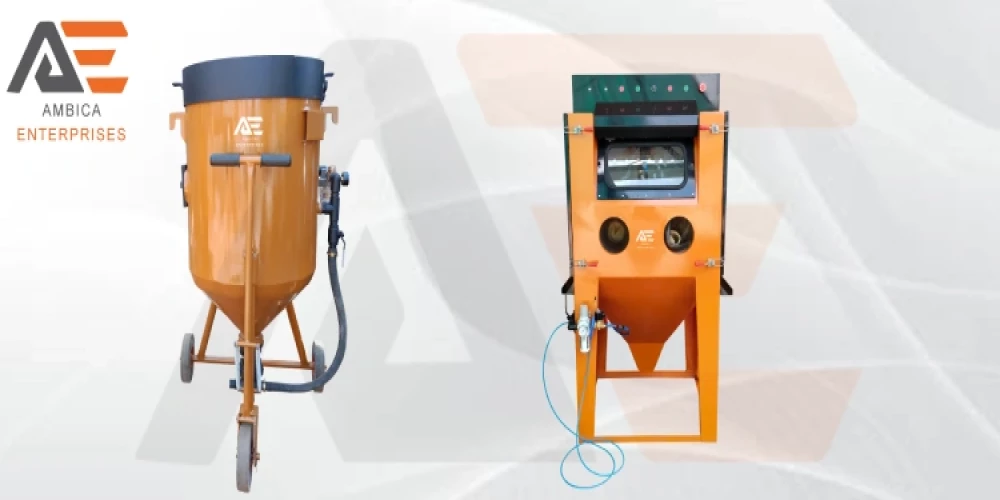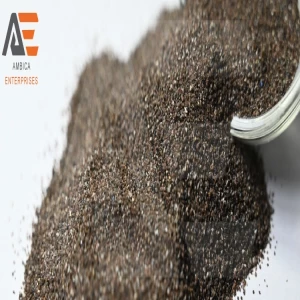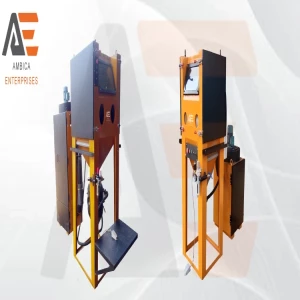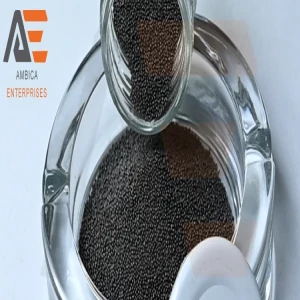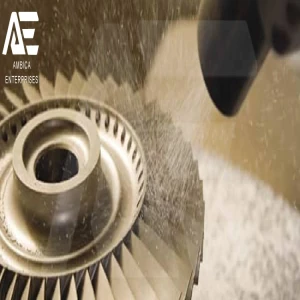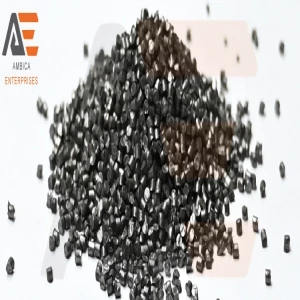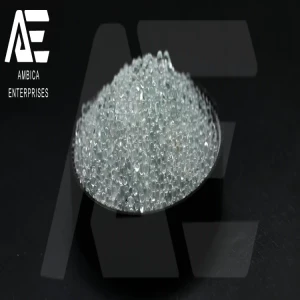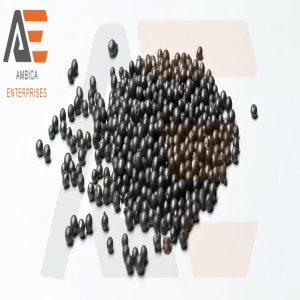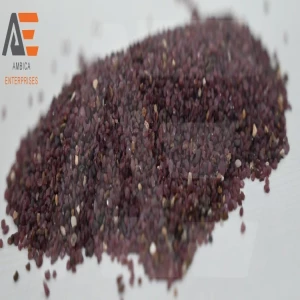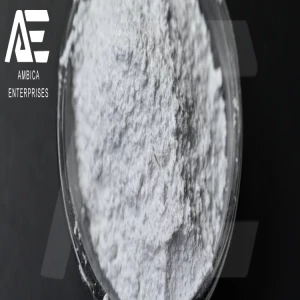Blast Finishing
Blasting, even that is sand blasting, shot blasting or grit blasting, anyone, is the process where small angular or spherical abrasive media particles are propelled at a part by compressed air, or mechanical high speed rotating wheels or water pumps.
The blast media type, shape, size, density, and hardness, along with media acceleration and volume of media, combined with blasting distance from the workpiece, angle of impact and time cycles are important factors in the blast process capabilities
The blasting equipment is produced to deliver, reclaim and contain the media, contain the part to be blasted and collect the dust from the blasting process. Parts can be processed individually as a batch process or can be automated thru the system.
Surface effects from the blasting process are:
| Visual | Mechanical |
| Bright Matte finish | Deburring |
| Dull Matte Finish | De-flashing |
| Satin finish | Paint and coating removal |
| Satin luster finish | Peening |
| The blending of tool marks | Pre paint and coating adhesion |
| Removal of weld discoloration | Heat treat, mill scale removal |
| Surface cleaning | Weld splatter removal |
| Glass frosting and etching | Thermal metal spray prep. |
| Pre-plate and anodize finishes | Rust removal |
| Mold cleaning |
Factors that affect blast finishing are:
- Media delivery systems
- Blast containment enclosures, media recovery, and dust collection systems
- Media used in industrial blasting systems
Media delivery systems:
There are three media delivery systems that propel and deliver media for high speed impact to the part being processed.
- Air Blasting ( Pneumatic)
- Mechanical Wheel (airless blasting)
- Hydro blasting (pumped water)

